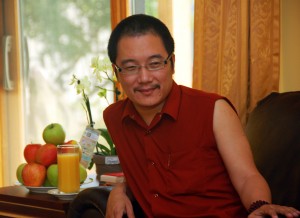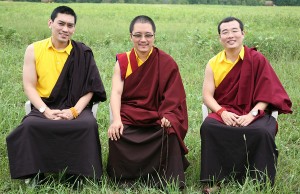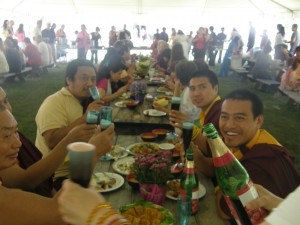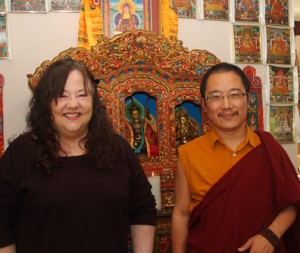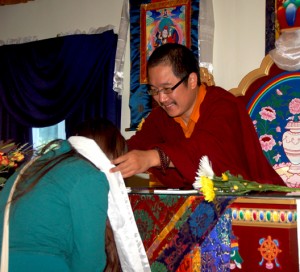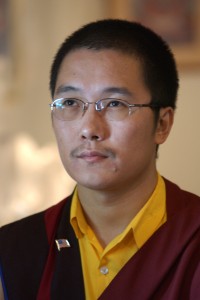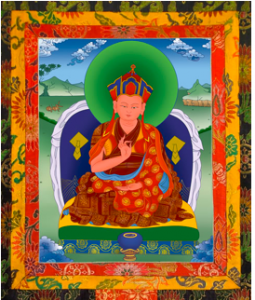Tibetan Buddhism has four main traditions:
Nyingma “the Ancient Ones” This is the oldest, the original order founded by Padmasambhava andSantaraksita. Whereas other schools categorize their teachings into the three vehicles: The Foundation Vehicle, Mahayana and Vajrayana, the Nyingma tradition classifies them into nine vehicles, among the highest of which is known as Atiyoga or Dzogchen “Great Perfection”. Hidden treasures (terma) are of particular significance to this tradition.
Kagyu “Lineage of the (Buddha’s) Word” This is an oral tradition, which is very much concerned with the experiential dimension of meditation. Its most famous exponent was Milarepa, an 11th century mystic. It contains one major and one minor subsect. The first, the Dagpo Kagyu, encompasses those Kagyu schools that trace back to the Indian master Naropa via Marpa, Milarepa and Gampopa, and consists of four major sub-sects: the Karma Kagyu, headed by a Karmapa, the Tsalpa Kagyu, the Barom Kagyu, and Pagtru Kagyu. There are a further eight minor sub-sects, all of which trace their root to Pagtru Kagyu and the most notable of which are the Drikung Kagyu and the Drukpa Kagyu. The once-obscure Shangpa Kagyu, which was famously represented by the 20th century teacher Kalu Rinpoche, traces its history back to the Indian master Naropa via Niguma, Sukhasiddhi and Kyungpo Neljor.
Sakya “Grey Earth” This school very much represents the scholarly tradition. Headed by the Sakya Trizin, this tradition was founded by Khon Konchog Gyalpo, a disciple of the great translator Drokmi Lotsawa and traces its lineage to the Indian master Virupa. A renowned exponent, Sakya Pandita 1182–1251CE was the great grandson of Khon Konchog Gyalpo.
Gelug “Way of Virtue” Originally a reformist movement, this tradition is particularly known for its emphasis on logic and debate. Its spiritual head is the Ganden Tripa and its temporal one the Dalai Lama. The Dalai Lama is regarded as the embodiment of the Bodhisattva of Compassion. Successive Dalai Lamas ruled Tibet from the mid-17th to mid-20th centuries. The order was founded in the 14th to 15th century byJe Tsongkhapa, renowned for both his scholasticism and his virtue.
Within these, Kunzang Palyul Choling is Nyingma
There are six “Mother” Nyingma Monasteries:
- Katok Monastery, in east Tibet, was founded during the twelfth century, and expanded in 1656.
- Dorje Drak Monastery was founded in central Tibet, in 1659.
- Mindroling Monastery, in central Tibet, was established in 1676.
- Palyul Monastery, founded in east Tibet in 1665.
- Dzogchen Monastery, in east Tibet, established in 1685.
- Shechen Monastery founded in east Tibet, in 1735.
Within these monastic traditions, Kunzang Palyul Choling is Palyul.
Palyul Monastery — one of the Six “Mother” Nyingma Monasteries. It was founded in either 1632 or 1665 by Rigdzin Kunzang Sherab, a disciple of Terton Migyur Dorje, and Karma Chagmed. The monastery specializes in kama practices, the termas of Ratna Lingpa and Tulku Migyur Dorje (1645-67). The current head of Palyul Monastery is the Fifth Karma Kuchen.
The inspired masters who contributed to the teachings practiced within Palyul
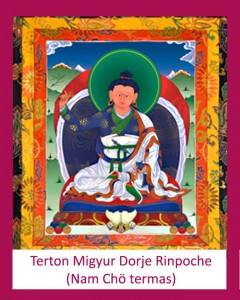
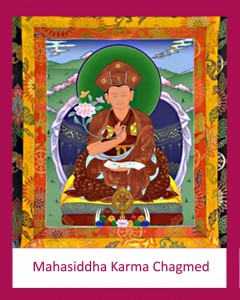
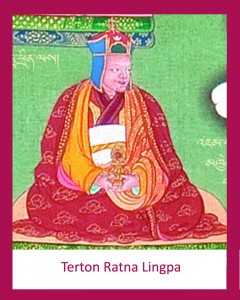
To date, Palyul has had 12 throne-holders in its history. According to His Holiness Penor Rinpoche, while Nyingma is generally practiced as a Ngagpa tradition, within Palyul it has never been true. The Lineage Holders of Palyul have always been fully-ordained.
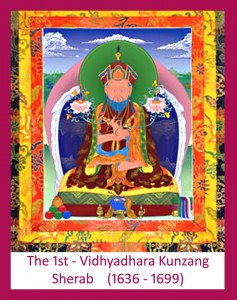
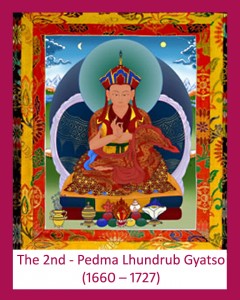
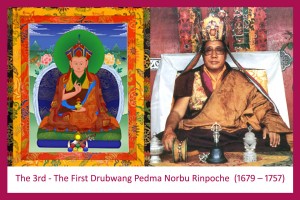
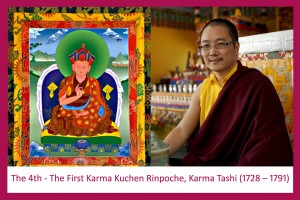
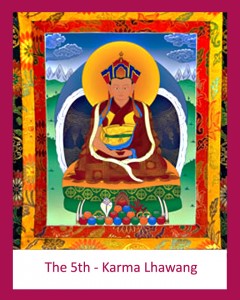
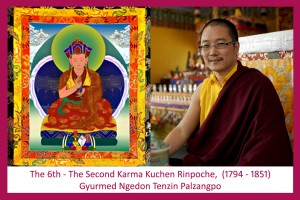
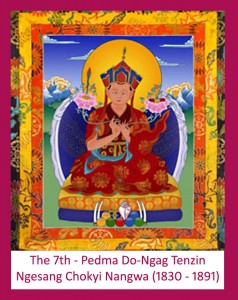
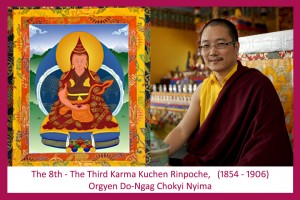
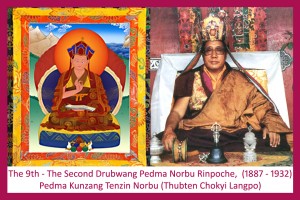
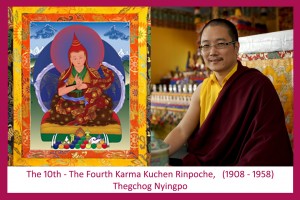
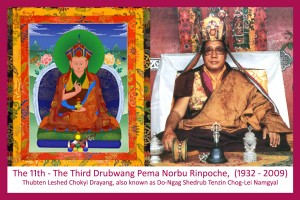
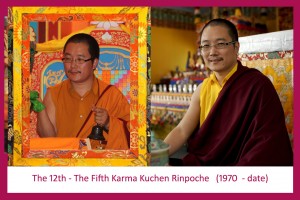
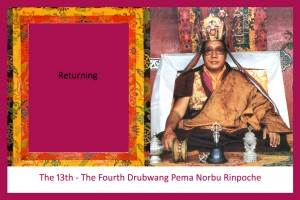
Important “elder statesmen” of Palyul, contemporaries and close senior students of His Holiness Penor Rinpoche, are:
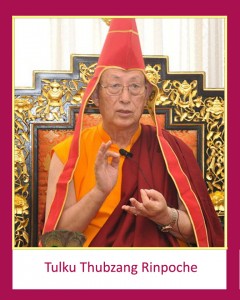
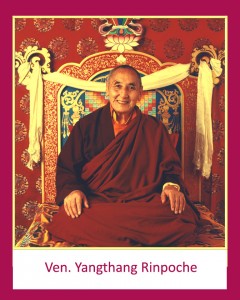
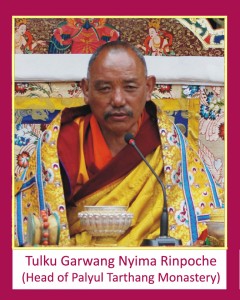
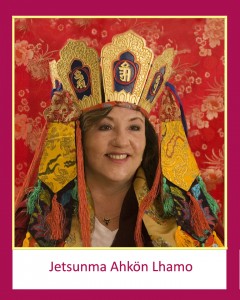
It is because of these pure Lineage teachers that we continue to have a pure unbroken stream of wisdom to guide us today to reveal our own enlightenment.
Sources include Wikipedia, Rigpa Wiki, and most of all Pathgate.org, who gave us permission to use their thangka images and biographies
